Garages are not just a place to park your vehicles; they can also serve as a workshop, a storage space, or even a man cave. Regardless of how you use your garage, one crucial aspect to consider is lighting. A well-lit garage not only enhances safety and security but also makes it easier to carry out various tasks. With the advancement in technology, LED Garage Lights have become the go-to choice for many homeowners. But what type of lighting is best for a garage? Should you go for daylight or cool white lights? Warm or cool lights? How many lumens do you need for a 2 car or 3 car garage? In this article, we will explore all these questions and provide you with a comprehensive guide to choosing the best LED garage lights.
I. Introduction
A well-lit garage is essential for various reasons. It enhances safety by providing proper visibility, reduces the risk of accidents, and deters burglars or intruders. Moreover, a well-lit garage is more functional and efficient, making it easier to carry out tasks such as working on a car, organizing tools, or finding items in storage. When it comes to garage lighting, LED lights have gained popularity due to their energy efficiency, long lifespan, and brightness. But with so many options available in the market, it can be overwhelming to choose the right LED garage lights. Let's dive into the details and explore the different factors to consider when choosing the best lighting for your garage.
II. Types of Lighting
The first decision you need to make when choosing garage lights is the type of lighting you want. There are two main options to consider: daylight and cool white lights. Daylight lights mimic natural sunlight and have a color temperature around 5000 Kelvin, making them ideal for tasks that require accurate color rendering, such as painting or woodworking. On the other hand, cool white lights have a bluish tint and a color temperature around 4000 Kelvin, making them suitable for general lighting purposes.
Both daylight and cool white lights have their advantages and disadvantages. Daylight lights provide a more natural and vibrant lighting experience, making it easier to see details and colors accurately. However, they can feel harsh and overwhelming in some situations. Cool white lights, on the other hand, provide a brighter and crisper lighting experience, making them ideal for general illumination. However, they may not be suitable for tasks that require accurate color rendering. Therefore, when choosing between daylight and cool white lights for your garage, consider the tasks you usually perform and the ambiance you want to create.
III. Warm vs. Cool Garage Lights
Another important factor to consider when choosing garage lights is the color temperature, which is measured in Kelvin. Warm lights have a color temperature below 4000 Kelvin and emit a yellowish or reddish light, while cool lights have a color temperature above 4000 Kelvin and emit a bluish or whitish light.
Warm lights can create a cozy and inviting ambiance, making them suitable for relaxing spaces or areas where you want to create a warm and welcoming atmosphere, such as a sitting area in your garage. On the other hand, cool lights can create a brighter and more energetic ambiance, making them ideal for task-oriented areas, such as a workbench or a storage area where you need to see items clearly.
When it comes to choosing between warm and cool garage lights, it ultimately depends on your personal preference and the purpose of your garage. If you use your garage as a place to relax or socialize, warm lights may be more suitable. However, if you use your garage as a workshop or a storage area where you need to perform tasks that require precise visibility, cool lights may be a better option.
IV. Lumens for Garage Lighting
Lumens are a unit of measurement used to quantify the brightness of a light bulb. When choosing LED garage lights, it's important to consider the lumens to ensure you have enough brightness for your space. The number of lumens you need depends on the size of your garage and the tasks you perform.
As a general rule of thumb, it's recommended to have at least 20 lumens per square foot of garage space. For a typical 2 car garage, which is around 400-500 square feet, you would need a total of 8000-10,000 lumens. For a 3 car garage, which is around 600-700 square feet, you would need a total of 12,000-14,000 lumens.
However, the number of lumens you need can vary depending on factors such as the height of your ceiling, the color of your walls, and the brightness of your surroundings. If you have a higher ceiling or darker walls, you may need more lumens to compensate for the loss of brightness.
It's also worth considering the beam angle of the LED lights, which determines how the light is distributed. A wider beam angle is suitable for general illumination, while a narrower beam angle is ideal for focused lighting, such as task lighting.
V. Factors to Consider
Choosing the best LED garage lights goes beyond just the type of lighting, color temperature, and lumens. There are several other factors to consider to ensure you make the right choice for your specific needs. Some of these factors include:
-
Size of the garage: Consider the size of your garage and the layout of the space. If you have a larger garage or multiple work areas, you may need multiple light fixtures or a higher lumen output.
-
Purpose of the garage: Think about how you use your garage. If you use it primarily as a workshop, you may need brighter lights with a higher color rendering index (CRI) to accurately see details and colors. If you use it for storage or parking, you may need more general illumination.
-
Budget: LED garage lights come in a range of prices, so it's important to consider your budget when making a decision. While it's tempting to go for the cheapest option, keep in mind that investing in high-quality LED lights can save you money in the long run due to their energy efficiency and longer lifespan.
-
Energy efficiency: LED lights are known for their energy efficiency compared to traditional incandescent or fluorescent lights. Look for LED garage lights that are Energy Star certified or have a high lumens per watt (LPW) ratio to ensure you're getting the most bang for your buck in terms of energy savings.
-
Installation: Consider the ease of installation of the LED garage lights. Some LED lights come with plug-and-play options that allow for easy installation, while others may require professional installation or additional wiring. Factor in the installation process and any associated costs when making your decision.
-
Durability and lifespan: LED lights are known for their long lifespan, which can save you money on replacement costs in the long run. Look for LED garage lights that are made with durable materials and have a long rated lifespan, typically indicated in hours of use.
-
Additional features: Some LED garage lights come with additional features such as motion sensors, dimming options, or adjustable color temperature settings. Consider if these features are important to you and if they add value to your garage lighting setup.
By considering these factors along with the type of lighting, color temperature, and lumens, you can make an informed decision and choose the best LED garage lights that meet your specific needs and preferences.
VI. Conclusion
Selecting the right LED garage lights involves several considerations, including the type of lighting, color temperature, lumens, size of the garage, purpose of the garage, budget, energy efficiency, installation, durability and lifespan, and additional features. By carefully evaluating these factors, you can find the perfect LED garage lights that provide optimal illumination, energy efficiency, and functionality for your garage space. Remember to also follow safety guidelines and manufacturer instructions during installation to ensure the best performance and longevity of your LED garage lights.
Frequently Asked Questions (FAQs)
-
Q: Are LED garage lights easy to install?
A: Yes, many LED garage lights come with plug-and-play options that make installation straightforward. However, some may require professional installation or additional wiring, so it's important to carefully follow the manufacturer's instructions.
-
Q: How long do LED garage lights last?
A: LED lights are known for their long lifespan, typically lasting for tens of thousands of hours of use. The exact lifespan depends on the quality of the LED lights and how often they are used.
-
Q: Can I dim LED garage lights?
A: Some LED garage lights come with dimming options, allowing you to adjust the brightness to your preference. However, not all LED garage lights have dimming capabilities, so it's important to check the product specifications before purchasing.
-
Q: What color temperature is best for a garage?
A: The ideal color temperature for a garage depends on the specific use and personal preference. Cool white (4000-5000K) is often preferred for task-oriented areas like workshops, while daylight (5000-6500K) can provide a brighter and more vibrant illumination.
-
Q: How many lumens do I need for my garage?
A: The number of lumens needed for a garage depends on factors such as the size of the garage, layout, and purpose. As a general guideline, you may need around 20-50 lumens per square foot for general illumination and 50-75 lumens per square foot for task-oriented areas.















































































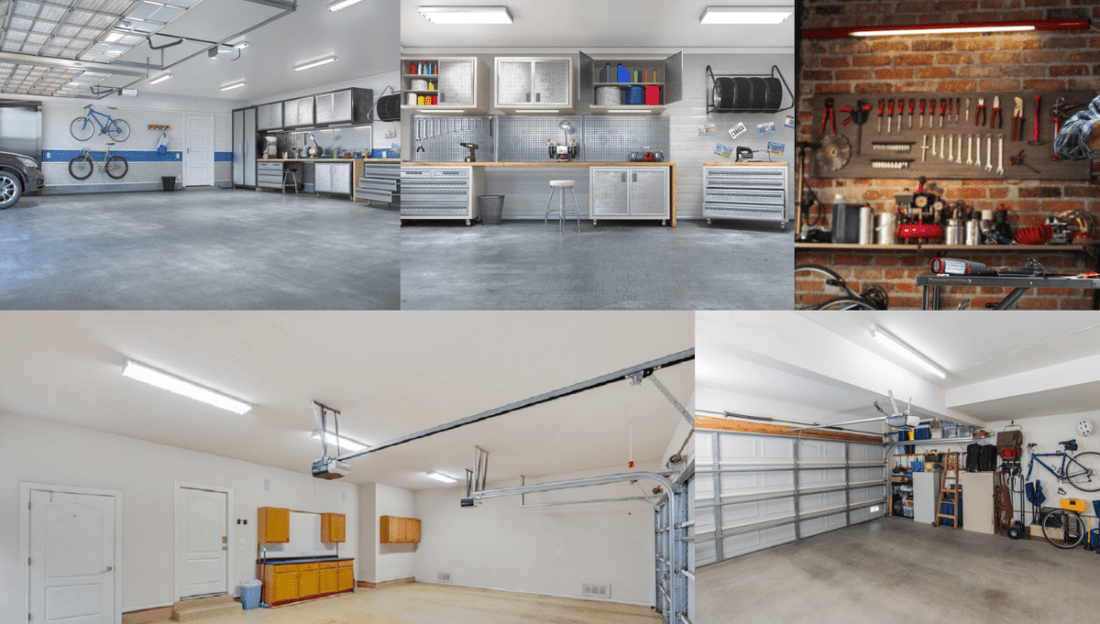
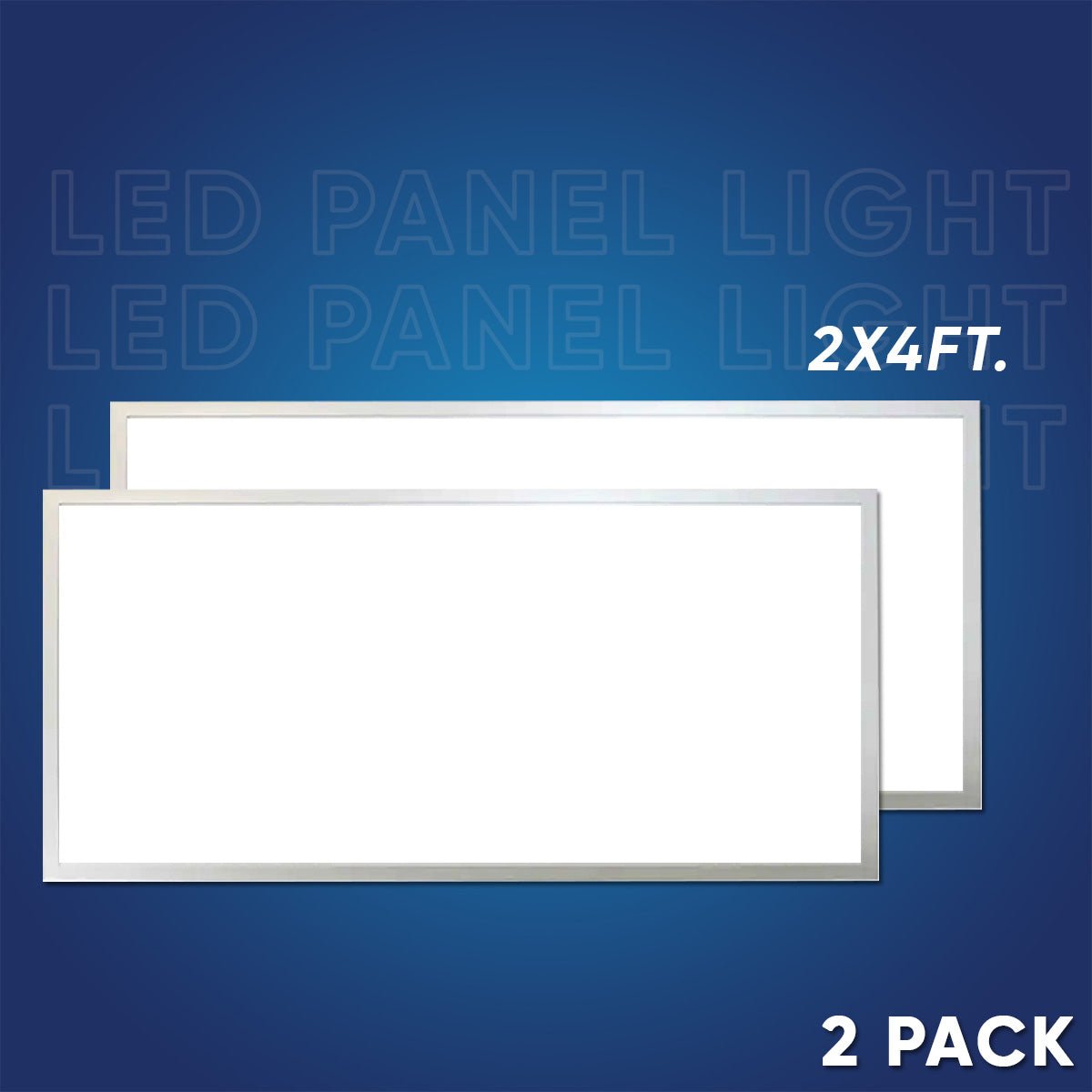
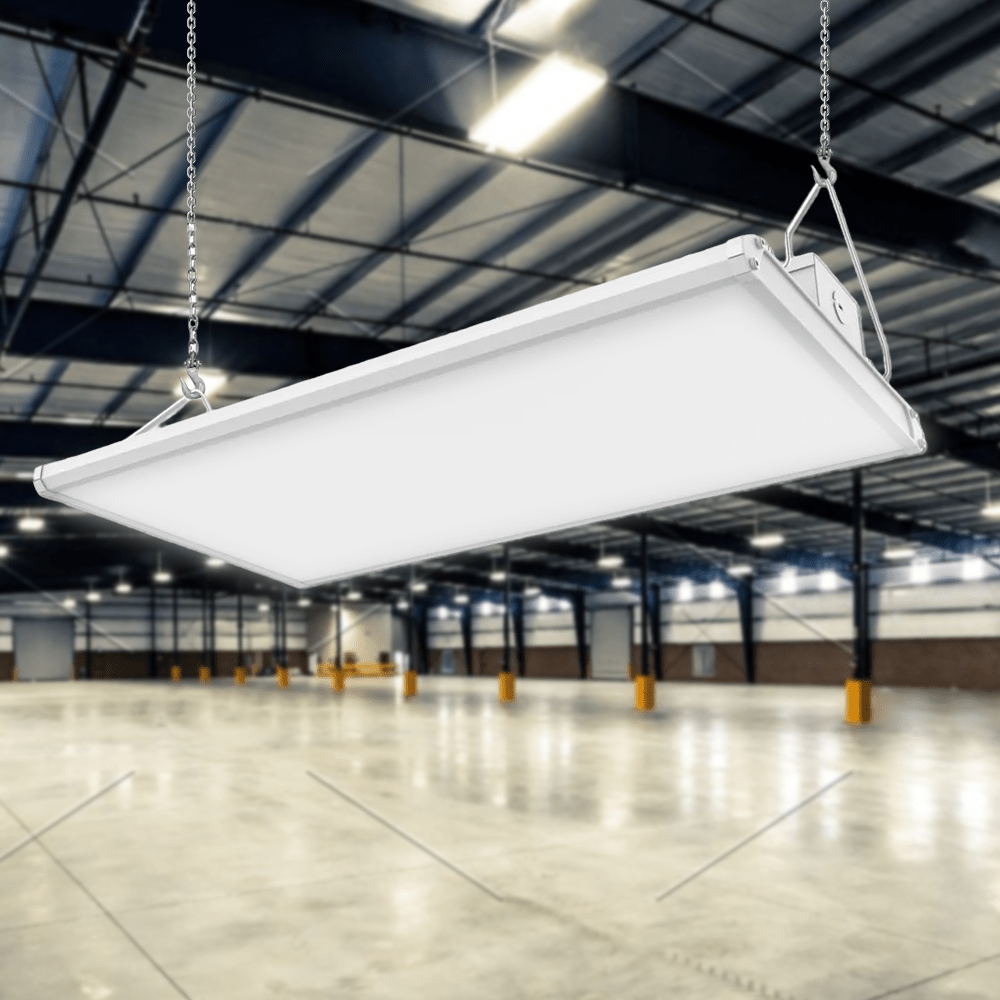
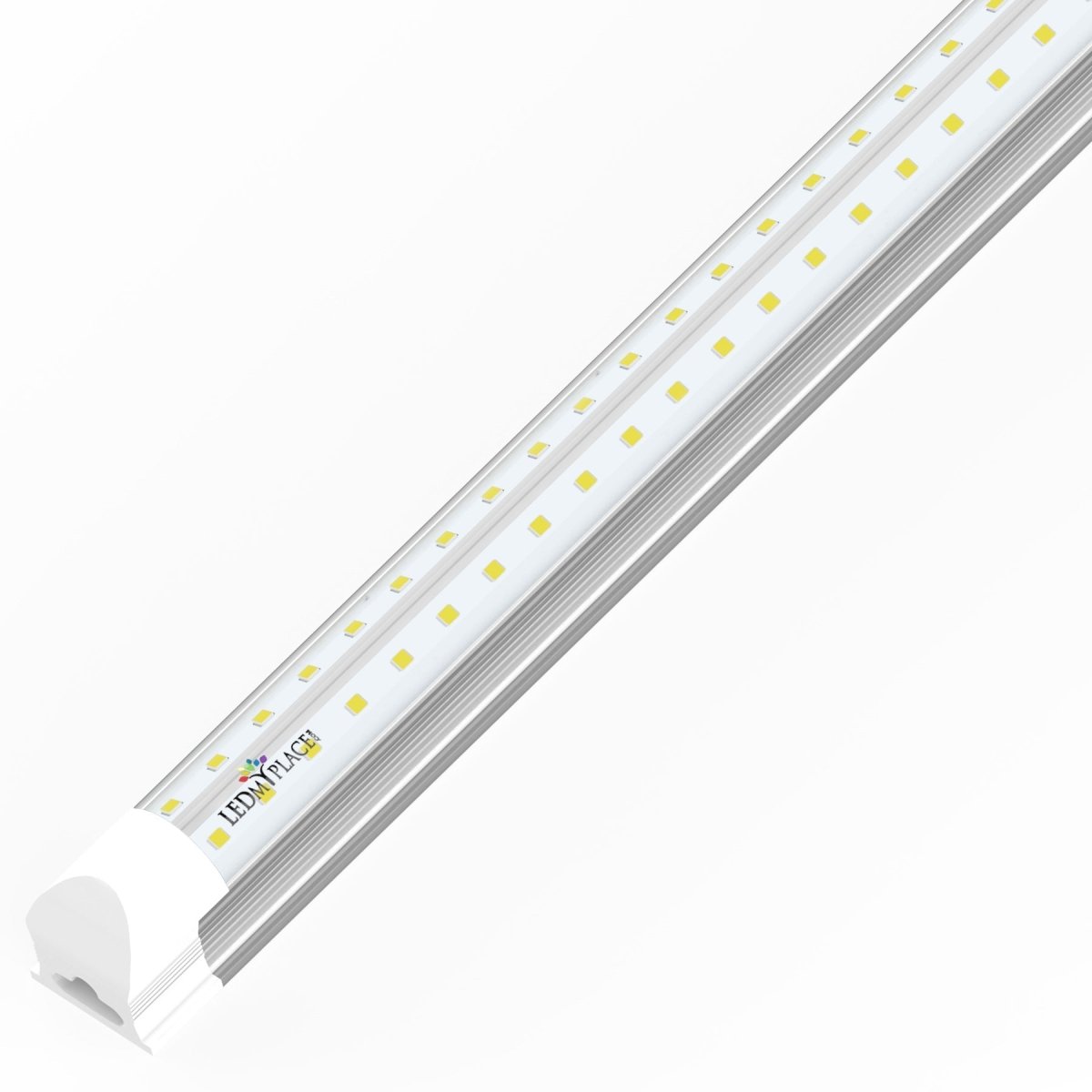
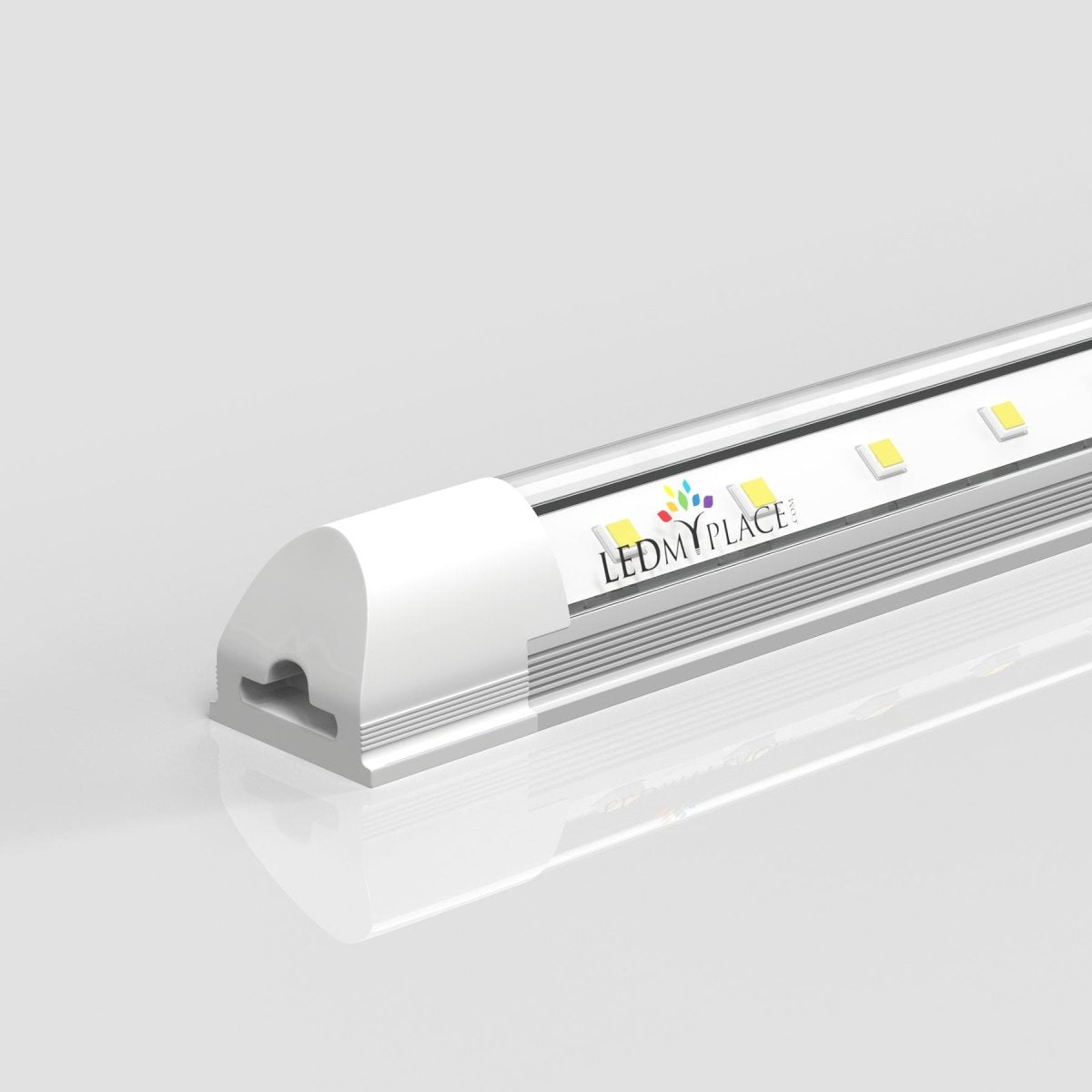
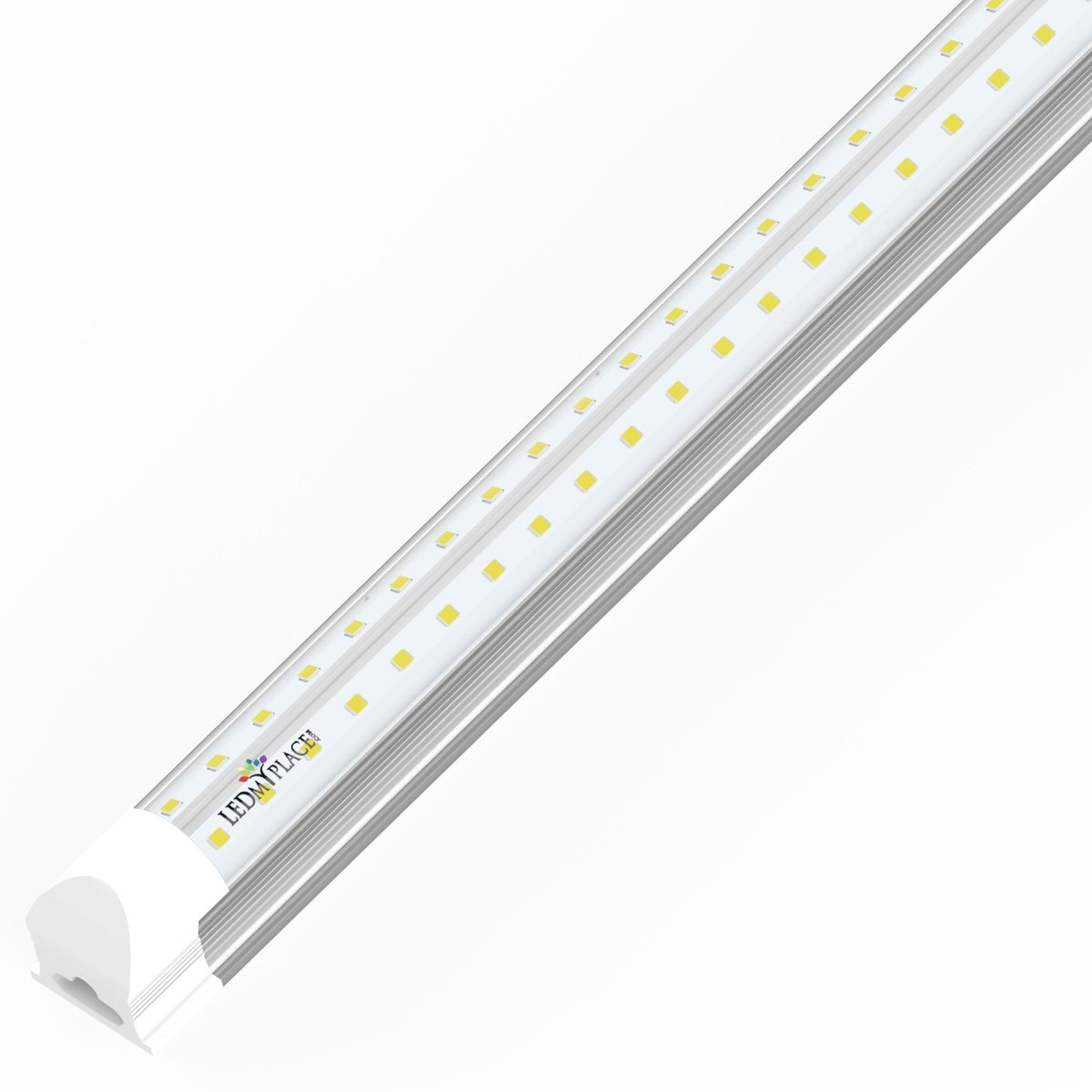
2 comments
Many led fixtures have issues with electromagnetic noise generation from inadequately filtered power supplies.
This can interfere with radio, tv, wifi, garage door remotes, and other devices. You should include this in your reviews!
Low noise fixtures do tend to be more expensive, but after adding a single LED bulb to my opener, the remotes became unreliable whenever the light was on. I changed the bulb out with one recommended by the opener manufacturer and now have no more problems.
3 car garage 10 ft high need task leds